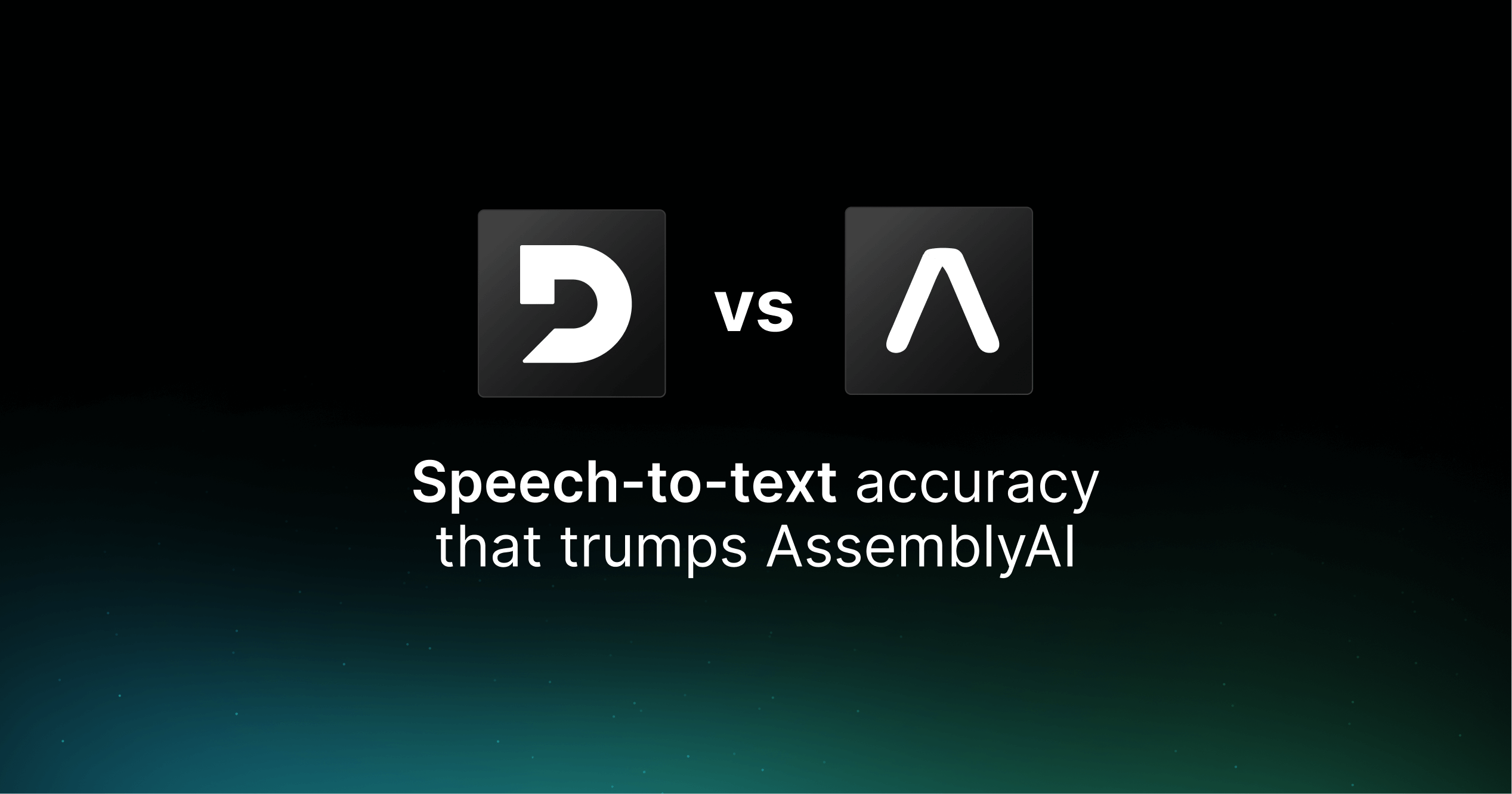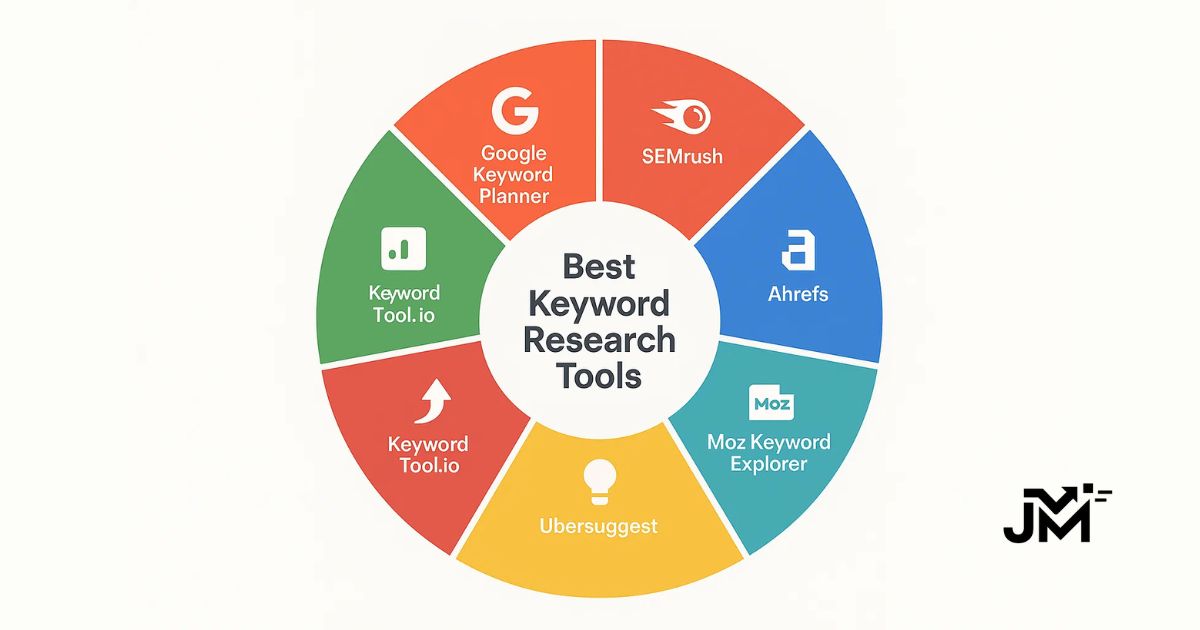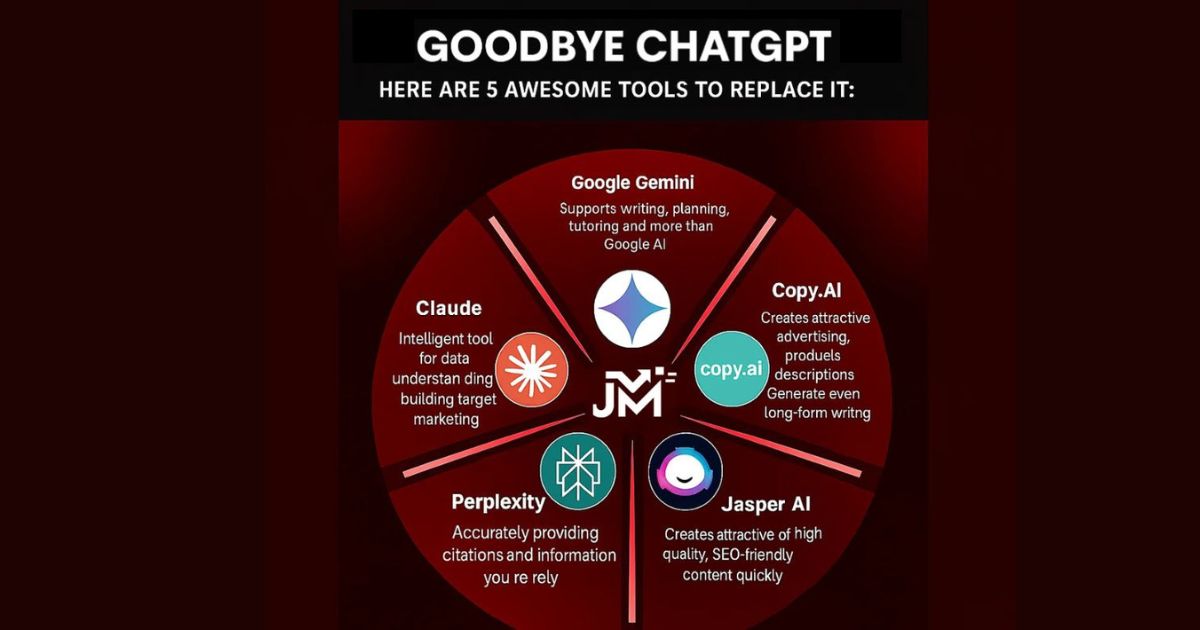Welcome, dear readers, to the grand battle of the AI titans! In this corner, we have AssemblyAI, known for its pinpoint accuracy and real-time transcription. And in the other corner, is Deepgram AI, a powerful contender with robust offline transcription capabilities. Today, we'll delve into the key differences between these two speech recognition giants. So, grab your popcorn and get ready for a joyous and polite exploration of their features, strengths, and what makes each one unique.
Accuracy: Who Hits the Mark?

When it comes to transcription accuracy, AssemblyAI stands out with a remarkable Word Error Rate (WER) of 5.65%. This means fewer mistakes in converting speech to text, providing you with cleaner, more reliable transcripts. On the other hand, Deepgram AI has a higher WER of 14.9%, which may not be as precise. For those seeking near-perfect transcription, AssemblyAI takes the crown in this round.
Real-time Processing: Speed and Convenience

Imagine you're hosting a live event or conducting an interview that you need transcribed on the spot. AssemblyAI shines here, offering real-time transcription of live audio streams. This capability ensures you can get your transcripts instantly, keeping up with the pace of your dynamic content. Deepgram, however, focuses primarily on offline transcription of pre-recorded audio. While still powerful, it doesn't cater to those real-time needs, making AssemblyAI the go-to for live scenarios.
Language Support: A World of Options
Diversity in language support is crucial for a global audience. AssemblyAI supports multiple languages, including English, Spanish, French, German, Portuguese, Italian, Dutch, and Russian. This broad range makes it a versatile choice for international users. In contrast, Deepgram primarily supports English, limiting its appeal to a more localized audience. If you're looking to cater to a global demographic, AssemblyAI's multilingual support offers a significant advantage.
Customization: Tailoring to Your Needs
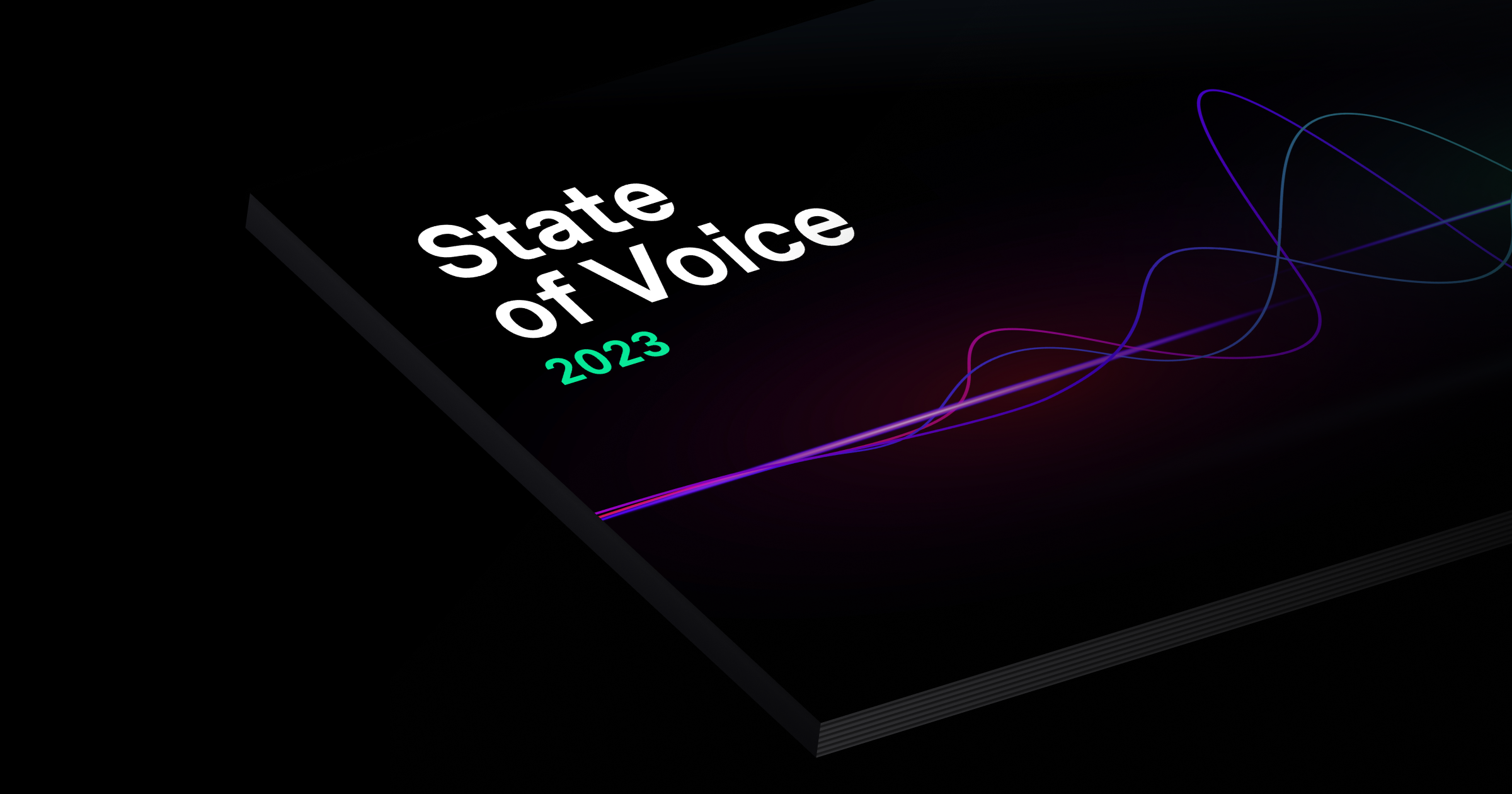
Every user has unique needs, and customization options can make a world of difference. AssemblyAI allows for extensive customization of models based on specific acoustic environments and vocabularies. This flexibility ensures that the AI adapts to your unique requirements, whether you're in a noisy café or a quiet office. Deepgram, on the other hand, offers fewer customization options. While it can still provide robust transcription, it doesn't quite match AssemblyAI's level of adaptability.
Pricing: Transparency and Flexibility
When it comes to pricing, transparency and flexibility are key. AssemblyAI excels with a clear, consumption-based pricing model and no contracts, making it easy to understand and budget for your transcription needs. Unfortunately, Deepgram's pricing model is not publicly available, which can lead to uncertainty and potential hidden costs. For those who value straightforward, predictable pricing, AssemblyAI offers a more appealing option.
Developer Experience: Ease of Integration
For developers, a seamless integration experience can save time and frustration. AssemblyAI provides intuitive APIs and SDKs in popular languages like Python, JavaScript, Ruby, and Go. This extensive documentation and user-friendly approach make it a pleasure to work with. Deepgram's API, while functional, has less extensive documentation and can be less user-friendly. For a smoother, more developer-friendly experience, AssemblyAI once again comes out on top.
The Final Verdict
AssemblyAI offers higher accuracy, real-time capabilities, broader language support, more customization, transparent pricing, and a better developer experience compared to Deepgram. It provides transcription that is more reliable, flexible, and easy to integrate for various use cases. While Deepgram is also a speech recognition solution, it is more limited compared to AssemblyAI in key areas like accuracy, languages supported, and customization options.
Now, let's break down these points in more detail.
Accuracy – The Golden Standard

Accuracy is the backbone of any transcription service. Whether you're a journalist transcribing an interview, a researcher analyzing speech data, or a podcaster creating show notes, you need your transcription to be as accurate as possible. AssemblyAI's impressive WER of 5.65% ensures that your transcripts are precise and require minimal editing. This high level of accuracy is particularly beneficial in professional settings where every word counts.
Deepgram's WER of 14.9%, while still useful, may require more post-processing and editing to achieve the same level of precision. For users where accuracy is non-negotiable, AssemblyAI clearly stands out.
Real-time Processing – Instant Gratification
In a fast-paced world, the ability to get immediate results is invaluable. AssemblyAI's support for real-time transcription of live audio streams means you can get your transcriptions on the fly, without having to wait. This feature is perfect for live broadcasts, webinars, and any situation where timing is crucial.
Deepgram's focus on offline transcription means it processes pre-recorded audio files. While this can be advantageous for batch processing and handling large volumes of audio data, it doesn't offer the immediacy of real-time transcription. If your work demands quick turnarounds and live updates, AssemblyAI is the clear choice.
Language Support – Embracing Diversity
The global landscape of content creation means that language support is more important than ever. AssemblyAI's support for multiple languages, including English, Spanish, French, German, Portuguese, Italian, Dutch, and Russian, allows you to reach a wider audience and cater to diverse linguistic needs.
![AssemblyAI Review: Our Insider Tips and Verdict [2024]](https://atai-main.b-cdn.net/tools/assemblyai-ss-1.png)
Deepgram's primary focus on English limits its use for international projects. For businesses, content creators, and developers working in multilingual environments, AssemblyAI's extensive language support is a major advantage.
Customization – Tailor-Made Solutions
No two transcription needs are exactly alike. AssemblyAI understands this and offers customization options that allow you to tailor the AI to specific acoustic environments and vocabularies. This means you can optimize the transcription service to handle the unique sounds and terms of your specific use case, whether it's medical jargon, legal terminology, or industry-specific language.
Deepgram offers less customization, which can be a limitation for those with specialized needs. AssemblyAI's flexibility in this regard makes it a more adaptable solution for a wider range of applications.
Pricing – Clear and Fair

Understanding the cost of your transcription service is crucial for budgeting and planning. AssemblyAI's transparent, consumption-based pricing model means you only pay for what you use, with no hidden fees or long-term contracts. This straightforward approach makes it easier to manage expenses and scale services according to your needs.
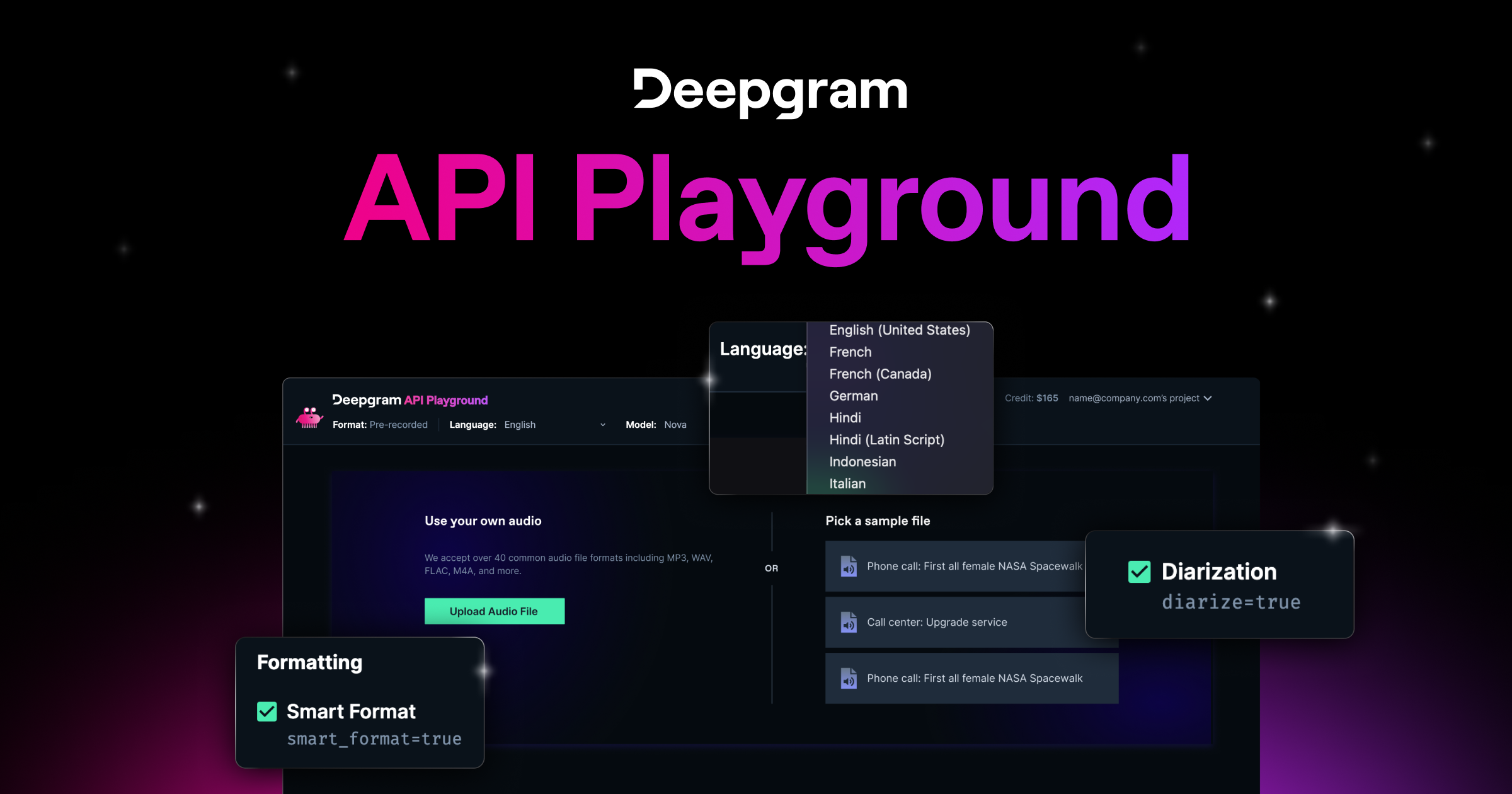
In contrast, Deepgram's lack of publicly available pricing information can be a hurdle. The uncertainty around costs may make it difficult to budget effectively, especially for smaller businesses or individual users. AssemblyAI's clear and fair pricing provides peace of mind and financial predictability.
Developer Experience – Smooth Integration
For developers, the ease of integrating a transcription service into their applications is a major consideration. AssemblyAI excels in this area, offering intuitive APIs and SDKs in popular programming languages like Python, JavaScript, Ruby, and Go. The extensive documentation and user-friendly design make it straightforward to implement and customize the service.
Deepgram's API, while functional, doesn't offer the same level of detailed documentation and can be more challenging to work with. For developers seeking a smooth and hassle-free integration experience, AssemblyAI is the superior choice.
Check out the alternative option here >>>> VOC.AI <<<<
The Choice is Clear
When it comes to choosing between AssemblyAI and Deepgram, the key differences are clear. AssemblyAI offers superior accuracy, real-time processing, extensive language support, customization options, transparent pricing, and a better developer experience. These features make it a more reliable, flexible, and user-friendly choice for a wide range of transcription needs.
Deepgram, while a solid option, falls short in several critical areas. Its higher WER, lack of real-time capabilities, limited language support, fewer customization options, and opaque pricing make it less competitive compared to AssemblyAI.
So, dear readers, as you venture into the world of AI transcription, let AssemblyAI be your trusty guide. With its top-notch features and user-centric design, it's sure to meet and exceed your transcription needs. Happy transcribing!

